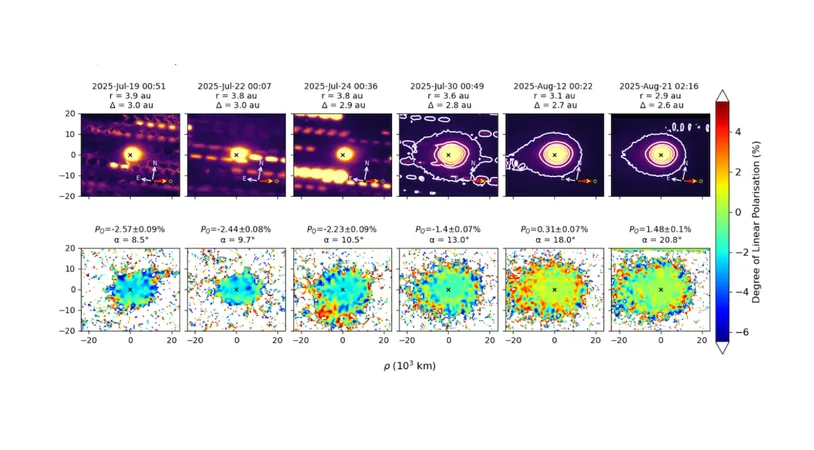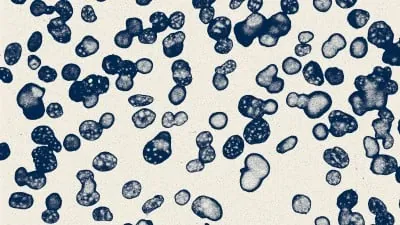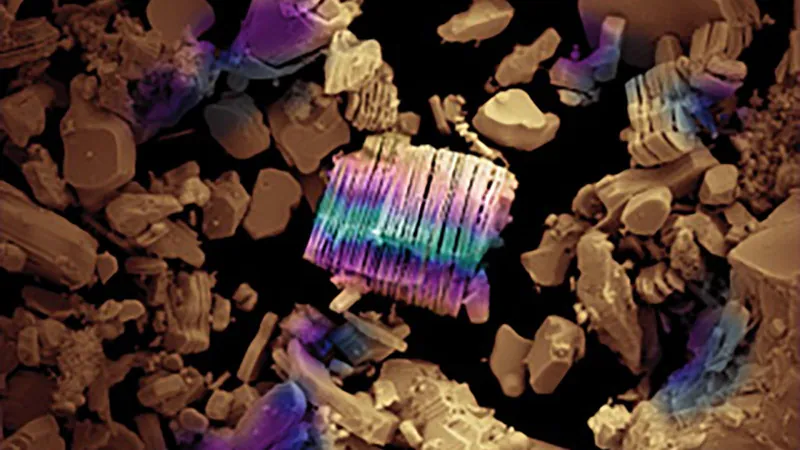
Revolutionary Method Reveals Boron's Secrets in Cancer Cells: A Game-Changer for Tumor Treatment!
2025-09-09
Author: John Tan
Groundbreaking Technique Measures Boron in Live Cancer Cells
For the first time ever, researchers have developed a technique to measure boron within individual cancer cells, paving the way for enhanced understanding of how therapeutic drugs target and eliminate tumors. This exciting breakthrough comes from a team at the University of Birmingham, published in the Journal of Analytical Atomic Spectrometry.
Boron Neutron Capture Therapy: The Future of Cancer Treatment?
Enter Boron Neutron Capture Therapy (BNCT)—an innovative approach specifically designed for head and neck cancers. Patients are administered a boron-infused drug that accumulates within cancerous cells. Once the boron concentration is sufficient, the tumor is bombarded with neutrons, triggering a reaction that selectively obliterates cancer cells.
How This Technique Works and Why It Matters
The effectiveness of BNCT depends on two critical factors: the drug must penetrate cancer cells at adequate levels and maintain its presence long enough for effective neutron irradiation. The new technique, known as single-cell ICP-MS, allows researchers to monitor these variables in real time, greatly improving the precision of the treatment.
A Paradigm Shift in Cancer Research
Dr. James Coverdale, from the School of Pharmacy at the University of Birmingham, highlighted the significance of this advancement: "Previously, measurements could only assess average boron uptake across large populations of cells, obscuring crucial variations among individual cells. Our approach uncovers this variability, which is vital since the effectiveness of treatment often hinges on tumor heterogeneity."
Unlocking the Door to Optimized Treatment Plans
With these groundbreaking findings, researchers now have direct evidence of how much boron individual tumor cells retain and how long it stays there. This vital information could revolutionize the timing of neutron irradiation in relation to drug administration, optimizing treatment plans for patients.
Creating the Perfect Environment for Accurate Measurements
One of the most significant hurdles overcome was developing the right conditions to keep cells viable during measurement. The research team had to intricately balance the culture medium and the introduction process of cancer cells into the highly sensitive measurement equipment—ensuring the cells remained healthy enough for meaningful data capture.
A Bright Future for BNCT and Cancer Drug Discovery
Jack Finch, a co-first author of the study, emphasized the importance of this work for future cancer therapies: "Our findings will be crucial for evaluating and refining upcoming BNCT drugs, advancing us closer to making this promising therapy more precise and effective in the fight against cancer."
Conclusion: A New Hope in the Battle Against Cancer
With this leap in understanding, the potential for BNCT as a targeted cancer treatment is brighter than ever. As research continues, this innovative method could unlock breakthroughs that transform how we approach cancer treatment, offering hope to countless patients.




 Brasil (PT)
Brasil (PT)
 Canada (EN)
Canada (EN)
 Chile (ES)
Chile (ES)
 Česko (CS)
Česko (CS)
 대한민국 (KO)
대한민국 (KO)
 España (ES)
España (ES)
 France (FR)
France (FR)
 Hong Kong (EN)
Hong Kong (EN)
 Italia (IT)
Italia (IT)
 日本 (JA)
日本 (JA)
 Magyarország (HU)
Magyarország (HU)
 Norge (NO)
Norge (NO)
 Polska (PL)
Polska (PL)
 Schweiz (DE)
Schweiz (DE)
 Singapore (EN)
Singapore (EN)
 Sverige (SV)
Sverige (SV)
 Suomi (FI)
Suomi (FI)
 Türkiye (TR)
Türkiye (TR)
 الإمارات العربية المتحدة (AR)
الإمارات العربية المتحدة (AR)